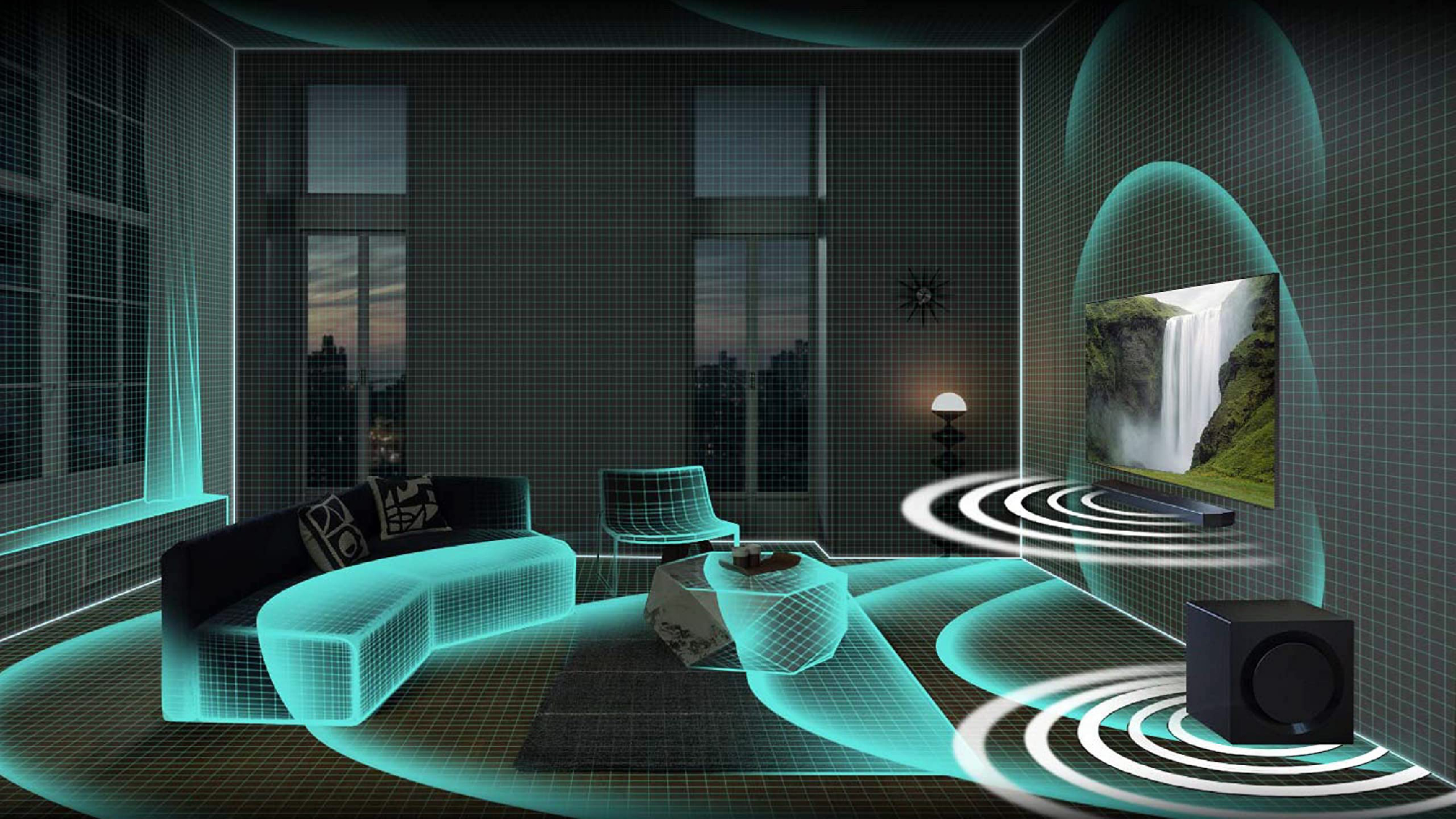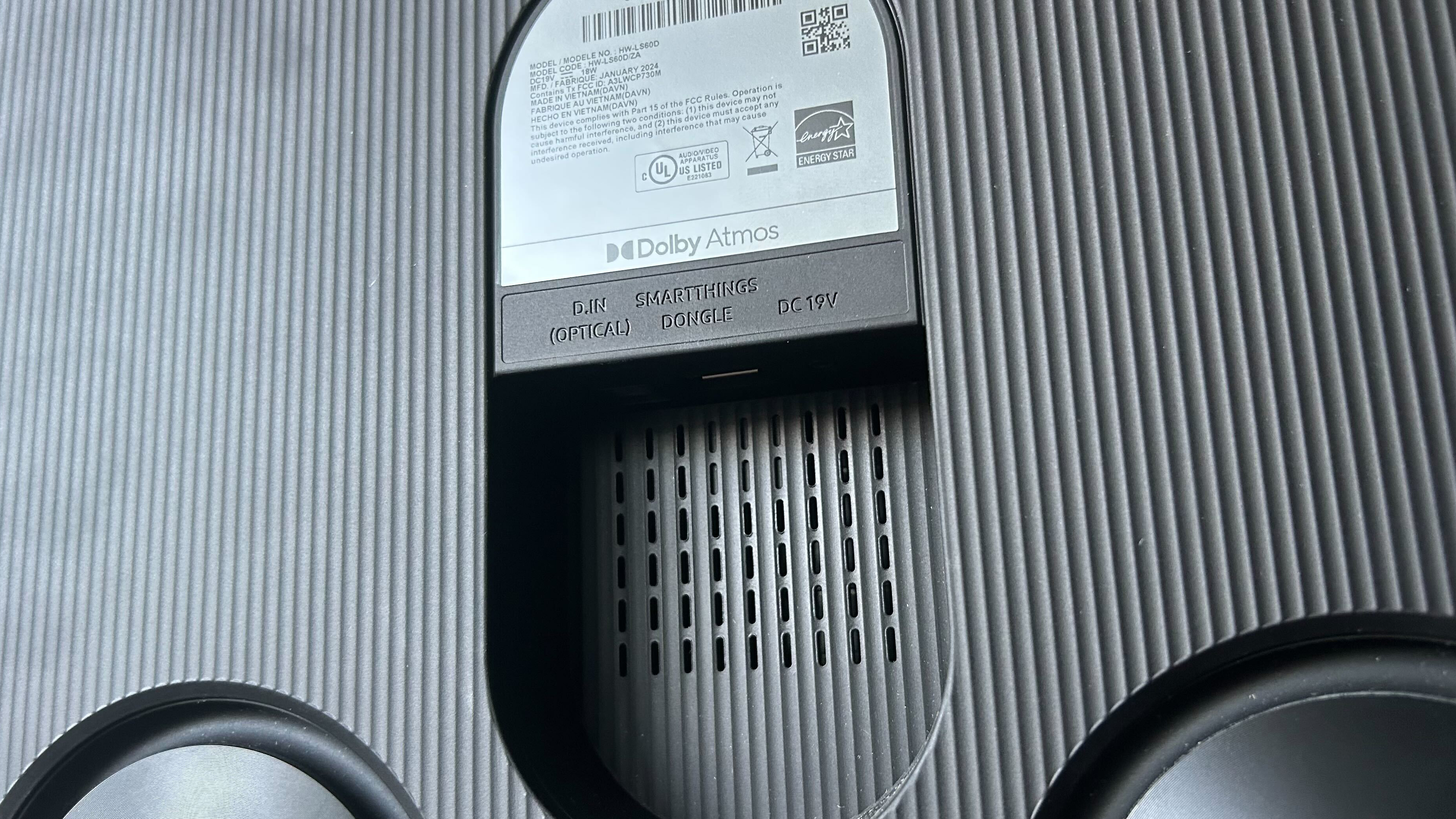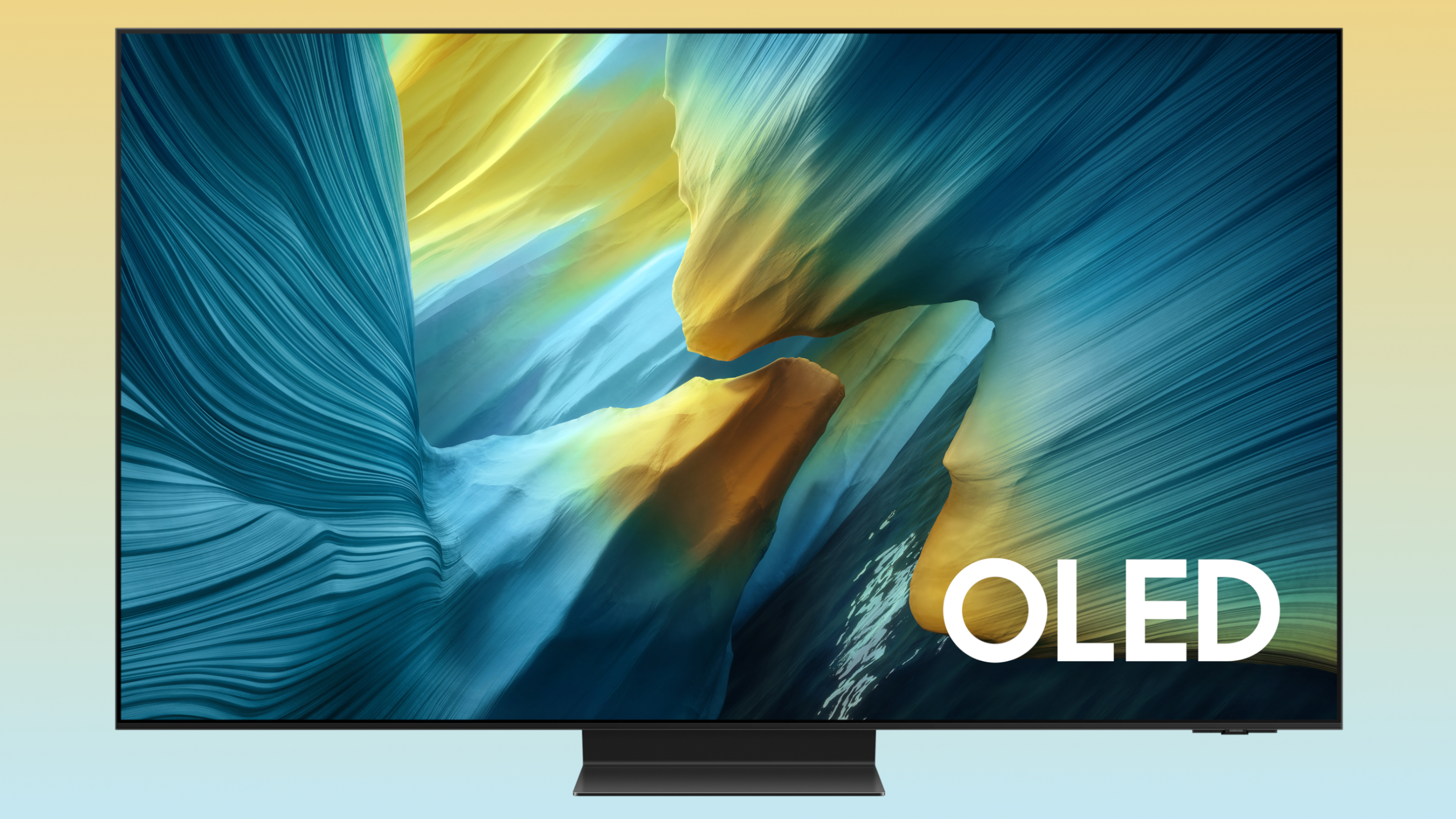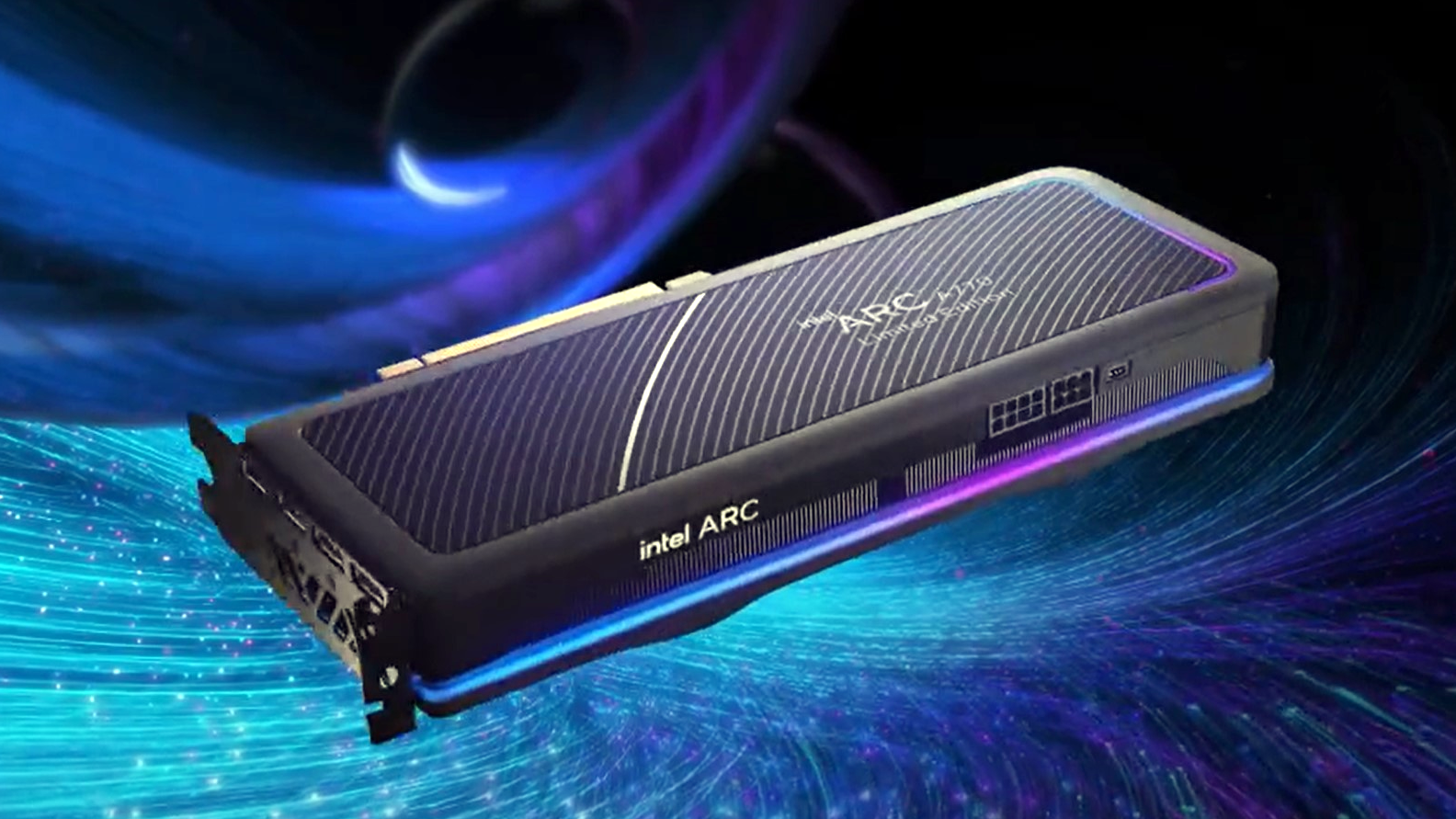Dolby Atmos vs Samsung Eclipsa Audio: The battle of the spatial audio formats
Dolby’s days on Samsung audio products could be numbered

Dolby Atmos might be the first name you think of when it comes to spatial audio (Apple Spatial Audio, perhaps, being the other) but there's a new player in town. It's called Eclipsa Audio, and it's a collaborative effort from Google and Samsung.
Samsung announced the Eclipsa Audio 3D format at CES and it's setup to be a key rival to Dolby's more ubiquitous Atmos format. But is it any better than Dolby Atmos, or even all that different?
Here's everything you need to know about the new format, and how it compares to the 800-pound gorilla in the spatial audio world, Dolby Atmos.
What is 3D or spatial audio?
Spatial audio is the logical next step after traditional surround sound. Traditional surround sound formats play sound on a flat plane — that’s to say, they can play audio in front of you, to your sides, and behind you. That’s pretty immersive, but there’s a whole other dimension to play with — which is where 3D audio comes in.
3D audio not only plays sound around you, but also above you. Our ears are incredibly complex — and they can pinpoint the directionality of a sound, even when it’s coming from above you. 3D audio formats typically imitate sound being played from above you by firing sound up towards the ceiling, which then reflects back down to you to create that “height” effect.
Unfortunately, creating a sound bubble isn't necessarily that simple. To create a truly immersive audio effect, the whole chain of content — from creation to delivery — has to be designed with spatial audio in mind. That’s to say, when you watch a movie that supports Dolby Atmos through your Atmos-compatible speakers, you’re watching on a streaming service that supports Atmos, and a movie with audio that was specifically mixed with Atmos in mind.
Eclipsa Audio vs Dolby Atmos

Samsung has a somewhat complicated relationship with Dolby. Perhaps, actually, it’s not that complicated — Samsung just doesn’t want to pay the fees associated with licensing Dolby technology. That’s painfully clear on Samsung TVs, which don’t support the Dolby Vision HDR standard, instead supporting the royalty-free alternative, HDR10+. Generally, Dolby Vision is considered to be better than HDR10+, plus more content supports Dolby Vision.
Sign up to get the BEST of Tom's Guide direct to your inbox.
Get instant access to breaking news, the hottest reviews, great deals and helpful tips.
Despite both being competent spatial audio formats, some assume that Eclipsa Audio will end up being the HDR10+ to Atmos’ Dolby Vision. In other words, it may not end up being quite as high-tech or as immersive as Dolby Atmos, but it will at least be a way to get spatial audio support without having to pay to license Dolby Atmos or DTS:X.
The actual technology behind Eclipsa Audio is likely to be at least similar to Atmos. The format also supports using sound reflections to imitate a three-dimensional location for sounds, just like Dolby Atmos. That said, we’ll have to wait and see how the two actually compare when Eclipsa Audio starts rolling out beyond a simple demo on the Alliance for Open Media's website.
In short, the two formats are similar on paper, but Eclipsa Audio is open-source and free to license, which could help bring down the cost of spatial audio gear.
How soon can you get Eclipsa Audio in your home theater?

That rollout could happen sooner than you might expect: Google and Samsung announced they were working on a Dolby Atmos competitor back in 2023. At the time, however, it was under the name “Immersive Audio Model and Formats” (IAMF). Yeah, not quite as snappy but you have to respect how literal it is.
Now, a few years later, we’re on the precipice of an actual rollout under a newer and (admittedly) cooler name: Eclipsa Audio.
Initially, it’ll come to a host of Google products. YouTube will support the format, and YouTube creators will be able to upload videos that make use of the Eclipsa Audio format for more immersive sound.
Google and Samsung also announced that Eclipsa would be added to every Android phone that can still get updates.
Not only that, but Google and Samsung also announced that Eclipsa would be added to the Android Open Source Project (essentially stock Android) later this year, meaning it’ll come to every Android phone that can still get updates.
Of course, to actually play Eclipsa Audio content, you’ll need hardware that supports it. That’s where Samsung comes in.
At CES 2025, the company announced that it would be bringing Eclipsa Audio support to the entire Samsung 2025 TV lineup and many of its soundbars. Thankfully, those models still seem to support Dolby Atmos, and we wouldn’t expect Samsung to stop licensing Atmos for at least a few years, until there’s significantly more Eclipsa-compatible content.
Content really is the last piece of the puzzle here, and it’s perhaps the biggest question mark. YouTube is a big get, as it means that anyone could upload content that supports Eclipsa Audio — though it’s hard to imagine anyone but the biggest creators, or those in a particular audio niche, actually taking advantage of that. That said, THX has also jumped onboard, which is perhaps more important, considering THX’s status as a legendary audio company.
Can Atmos and Eclipsa coexist peacefully?

There is absolutely room for a new spatial audio standard that's royalty-free, just as there's room for HDR10+. Its creation could allow for more content to support an immersive audio format, and movie studios will have more options for their upcoming projects. Competing standards could, in turn, help push audio technologies forward.
But the back-room decisions on audio formats won’t have a massive impact on consumers in and of themselves. What will impact the rest of us is if hardware manufacturers take a stance, and choose one over the other.
Most mid-range and high-end TVs support both HDR10+ and Dolby Vision, meaning that when you turn on a movie or TV show, you’re getting some kind of premium HDR experience no matter which format it supports. That, however, isn’t true for Samsung TVs. On a Samsung TV, you can enjoy content in full HDR10+ — but if a movie happens to be encoded for Dolby Vision, it’ll default back to the inferior HDR10 (not HDR10+), which simply isn’t as impressive or as lifelike.
It makes sense that a company like Samsung would want to avoid paying licensing fees — but hopefully, the company keeps both Eclipsa Audio and Dolby Atmos support around for the foreseeable future, so that customers can get immersive audio no matter what content creators and studios choose to support.
Unfortunately, when it comes down to dollars and cents, my bet is that Samsung will ditch Dolby as soon as it can — but it may be a few years before there’s enough content for that to be feasible. Until then, there's room for both in our hearts and, more importantly, our home theaters.
More from Tom's Guide
Christian de Looper is a freelance writer who has covered every facet of consumer tech, including mobile, audio, home theater, computing, gaming, and even car tech. At Tom’s Guide, Christian covers TV and home theater tech, and has reviewed dozens of TVs, soundbars, and A/V receivers, including those from the likes of Samsung, Hisense, TCL, and Vizio.

